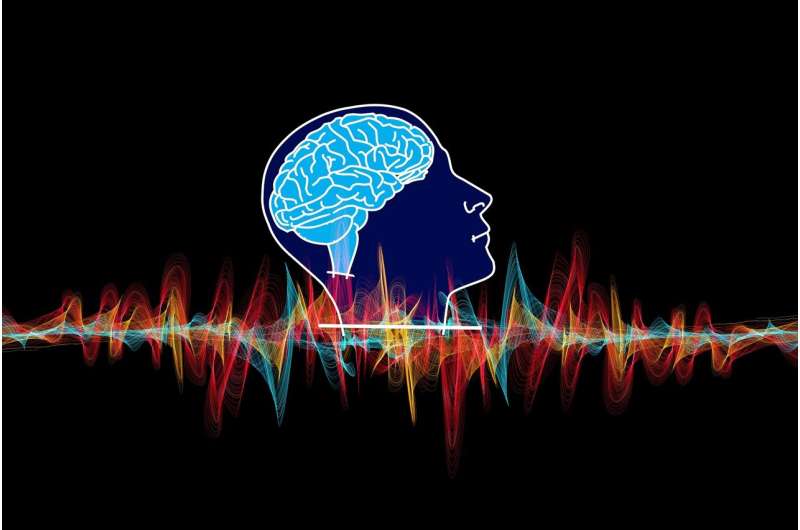Innovative Imaging Technology Tracks Brain Waves to Enhance Disease Research and AI Development

Stanford researchers have developed advanced optical devices to visualize brain waves in unprecedented detail, offering new insights into neural activity, disease mechanisms, and AI development.
Recent advancements in optical imaging have provided unprecedented insights into the electrical activity of the brain, especially concerning the intricate patterns of brain waves. A team at Stanford University has developed two ultra-sensitive optical devices capable of detecting signals from genetically engineered proteins known as "voltage indicators." These proteins reveal neuronal activity in research mice, enabling scientists to visualize brain wave propagation with exceptional detail.
Published in the journal Cell, this new technology marks a significant step forward from traditional electrode-based methods. Unlike electrodes that measure activity at specific spots, these optical instruments images brain waves in real-time over large areas, with the ability to distinguish specific neuron types. This broad and detailed view allows researchers to observe multiple brain regions simultaneously and observe how wave patterns travel across the cortex.
The team uncovered three previously unobserved forms of brain waves, expanding understanding of neural dynamics. For example, they identified two types of beta waves, associated with alertness, that travel in perpendicular directions. They also recorded a now-known backward-traveling theta wave, linked to memory processing, which may indicate a form of neural reorganization akin to learning processes seen in artificial intelligence models.
This research builds on over ten years of work on optical techniques called TEMPO, initially reported in 2016. The latest instruments enhance sensitivity and imaging scope, allowing scientists to observe neural activity across vast brain regions of mice during normal behavior.
Understanding these waves is crucial, as abnormalities are associated with diseases like Parkinson’s, Alzheimer’s, epilepsy, and schizophrenia. The new technology can help identify neuron-specific contributions to different wave types, advancing both neuroscience and AI research.
Researchers believe that these discoveries could elucidate brain mechanisms underlying various pathologies and improve bio-inspired AI architectures. The study’s lead scientists emphasize that this is just the beginning, with potential to transform studies of neural circuits and brain function.
For more information, visit Stanford University’s coverage or the original publication in Cell via the DOI link provided.
Stay Updated with Mia's Feed
Get the latest health & wellness insights delivered straight to your inbox.
Related Articles
Cocoa Extract Supplement Lowers Inflammation Markers and Supports Healthy Aging, Study Shows
New research indicates that cocoa extract supplements can lower inflammation markers associated with aging and cardiovascular risk, supporting the benefits of plant-based diets for healthy aging.
States Take Independent Action to Rebuild Public Trust Amid Confusion Over US Vaccine Policies
More states are taking independent steps to restore public trust and coordinate vaccine efforts amidst confusion over federal recommendations, highlighting regional leadership in public health.
CT Colonography Outperforms Stool DNA Tests in Colorectal Cancer Screening
New research shows that CT colonography outperforms stool DNA testing in reducing colorectal cancer incidence and offers cost savings, making it an effective alternative for population screening.
AI Model Forecasts Postoperative Infection Risks to Improve Patient Care
A new AI tool developed at Leiden University can predict the risk of infections in postoperative patients, helping clinicians to provide timely care and improve patient outcomes.



